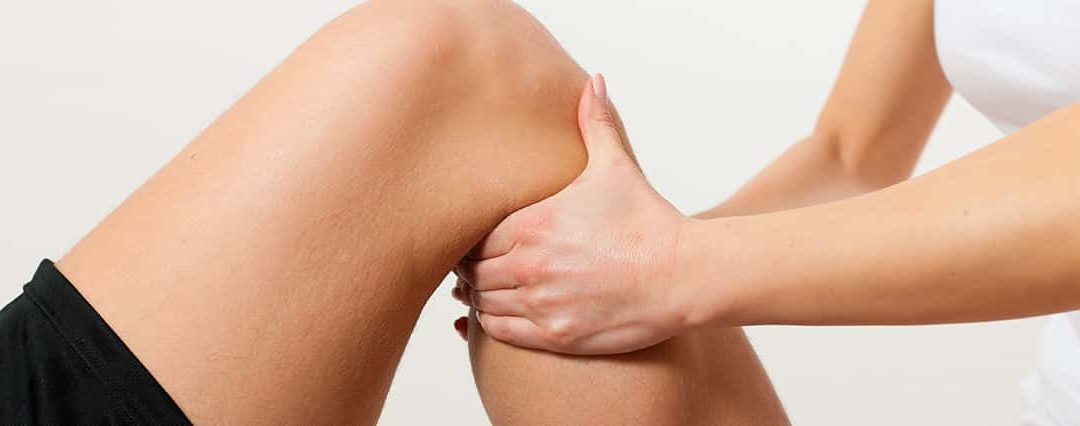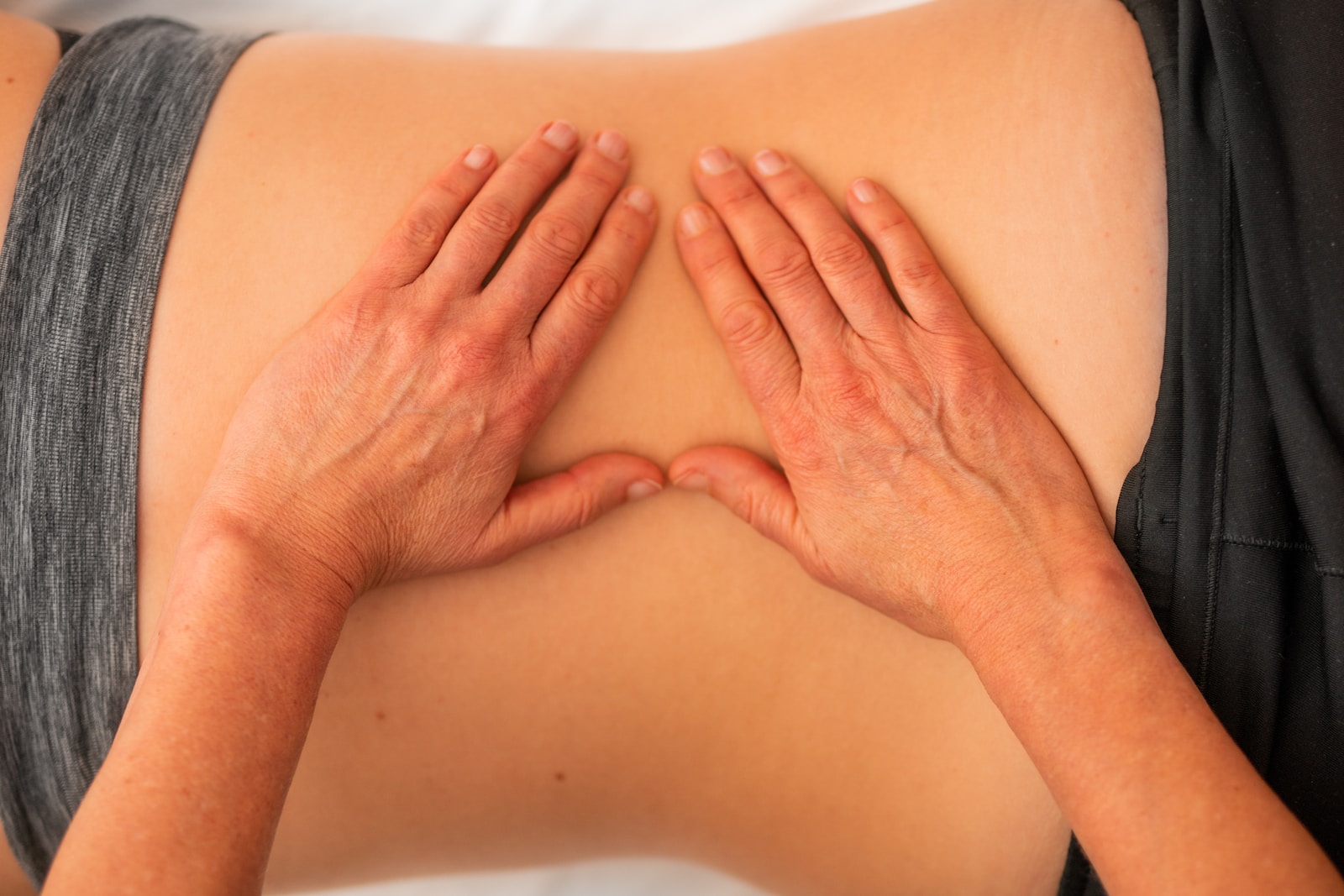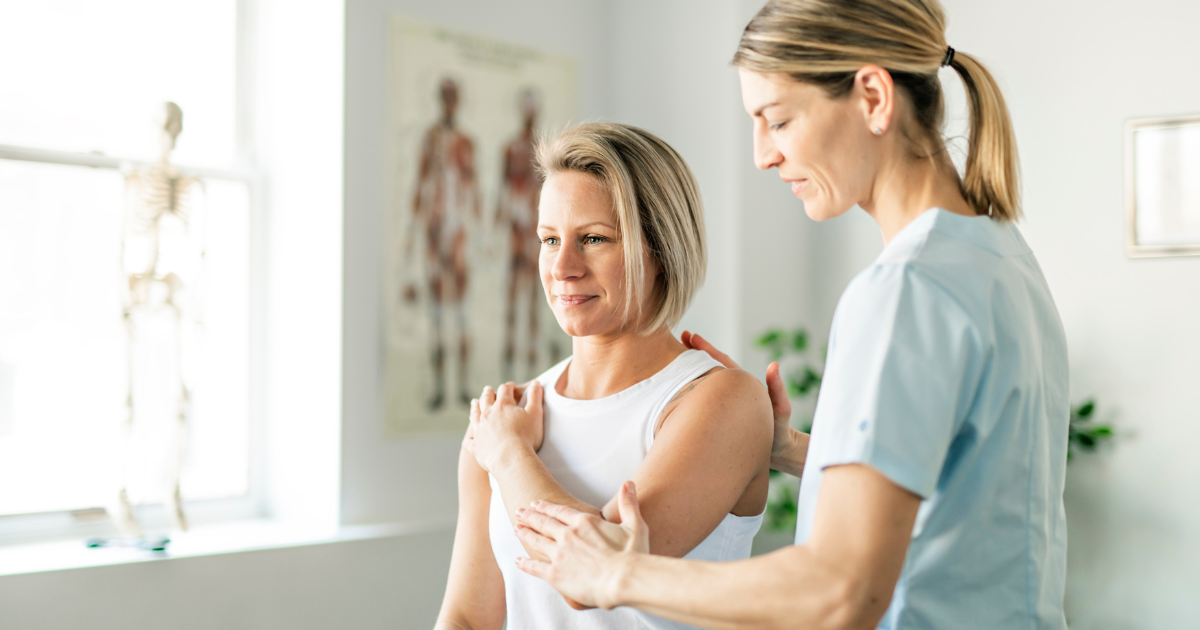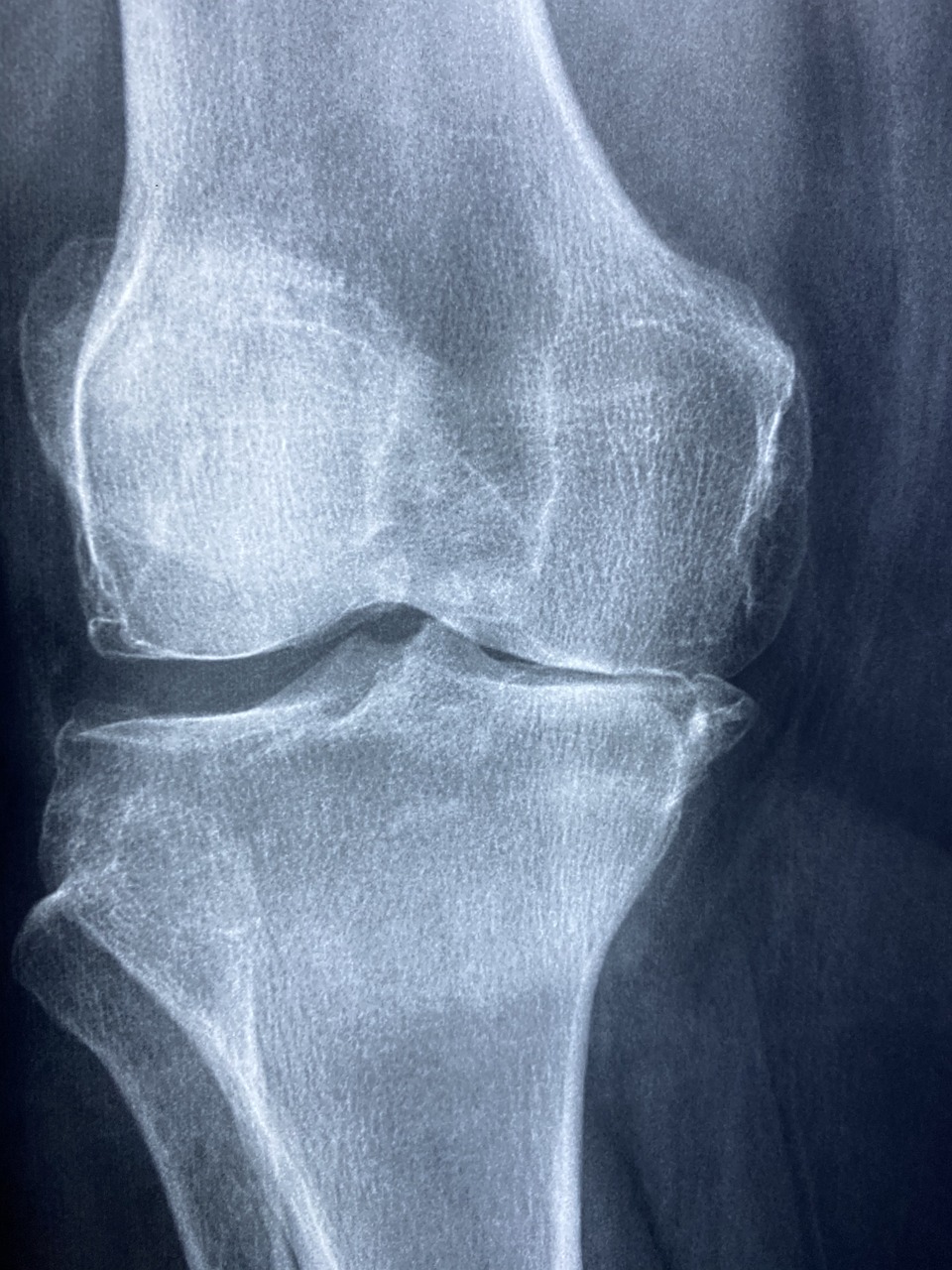In private practice we see numerous patients with tendon complaints. The first part of this blog will explain the physiology behind what causes tendinopathy and the second part will cover how we treat, rehab and try to prevent tendinopathy occurring.
Part 1 – What is tendinopathy?
Tendons attach muscle to bone and their primary role is to transmit tensile forces, produced by muscles, to the skeleton in order to produce and control joint movement (Ranson & Young 2011). There is often confusion over the words tendinitis, tendinosis and tendinopathy and therefore are sometimes used in the wrong context. Tendinitis is an inflammation of the tendon and at the junction where the muscle forms a tendon, Tendinosis is chronic degeneration of the tendon at cellular level however there is no inflammation present and Tendinopathy is defined as degeneration or failed healing of a tendon.
A tendon is formed by collagen fibres. Collagen is a protein in the body that provides strength, support, and a small amount of elasticity. A healthy tendon consists of densely packed collagen fibres in parallel formation and a healthy tendon is not normally the weak link – a muscle will tear prior to a healthy tendon rupturing (Kannus et al 1991).
For a tendon to become unhealthy it must go through a series of physiological changes. These changes start at cellular level where some cells start to degenerate due to fine granular material initialising separation of collagen fibres. The ground substance increases, pulling the collagen fibres further apart which in turn leads to disorganisation of the collagen formation. The dead cells then turn into fatty cells that expand and separate the collagen further. As the collagen is separated further the fatty cells invade the spaces and the tendon become swollen but is not inflamed as there are no inflammatory cells present. Calcification occurs when large deposits of calcium replace the fatty cells, causing stiffness within the tendon. A process called neovascularisation then occurs where new blood vessels invade the tendon , these branch off and grow into the pathological site ultimately causing pain.
Image: Comparison of (A) healthy tendon with collagen fibres in parallel formation, against (B) unhealthy tendon where the collagen has been pulled apart and the matrix is disrupted
Tendinopathy can occur at three levels: Achilles Tendinopathy, for example, can occur at the upper region where the muscle forms the tendon, middle 1/3 portion which is the most common and finally at the insertion point where the tendon inserts into the bone. This can be determined during assessment via both visual and palpation. Once we determine the level tendinopathy we then need to work out what stage the tendinopathy is at
If we start with the normal (healthy) tendon we can see if we place the tendon under an optimised load and give an optimal adaption period the tendon will strengthen and increase the mechanical integrity of the tendon. However, if we over load or under load a tendon this can bring about changes.
Under loading a tendon, also known as Tendon Shielding, or overloading a tendon and not giving optimal rest time induces cell and matrix changes which will then decrease the mechanical integrity of the tendon. This is called Reactive Tendinopathy and is a non-inflammatory, proliferative response. It is a short term adaption to compressive or tensile overload where the tendon thickens, stress within the tendon decreases but the stiffness increases. The collagen integrity remains maintained and there are no new blood vessels present. At this stage the tendon appears generally swollen but has the potential to revert back to its normal state it load and rest are modified.
Cook & Purdam 2009 believe that tendinopathy is a continuum, therefore, if the complaint is not resolved at stage one it will progress onto the second stage which is Tendon Dysrepair. During Tendon disrepair there is greater matrix breakdown, an overall increase in the number of cells and protein production. Separation of the cells begins which leads to consequential disorganisation of the matrix and vascular and neuronal ingrowth begins. At this stage the tendon appears swollen but can attempt at healing.
Tendon Dysrepair progresses to Tendon Degeneration where there are greater matrix and cell changes, areas of cell death and little collagen. If a tendon is at this stage there may be pain and nodular areas of swelling. There is minimal change of reversibility via load and rest management.
Cook & Purdam explain it is difficult to determine transition phases during tendinopathy and have therefore broken the progression down further for clinicians. Stage 1 is reactive Tendinopathy or early tendon disrepair and Stage 2 is late tendon disrepair or tendon degeneration. Once the clinician has determined the level of tendinopathy and the stage the tendinopathy has progressed to, the correct treatment and rehabilitation program may be implemented.
References
Alfredson, H., Zeisig, E., & Fahlstrom, M. (2009). No normalisation of the tendon structure and thickness after intratendinous surgery for chronic painful midportion Achilles tendinosis. British journal of sports medicine, 43(12), 948-949.
Cook, J., & Purdam, C. R. (2009). Is tendon pathology a continuum? A pathology model to explain the clinical presentation of load-induced tendinopathy. British journal of sports medicine, 43(6), 409-416.
Kannus, P., & Jozsa, L. (1991). Histopathological changes preceding spontaneous rupture of a tendon. Journal of Bone and Joint Surgery, 73A, 1507-1525.
Ranson,C., Young, M. (2011) The Role of Targeted Exercises in the Management of Achilles and Patellar Tendinopathy in Sport. European Musculosketal Review; 6(2):131-136.
Sonohata M, Okamoto T, Uchihashi K, Motooka T, Tanaka H, Kitajima M, Mawatari M, Hotokebuchi T (2010). Subcutaneous Achilles tendon rupture in an eighty-year-old female with an absence of risk factors- Orthop Rev (Pavia) Mar 20;2(1):e11



